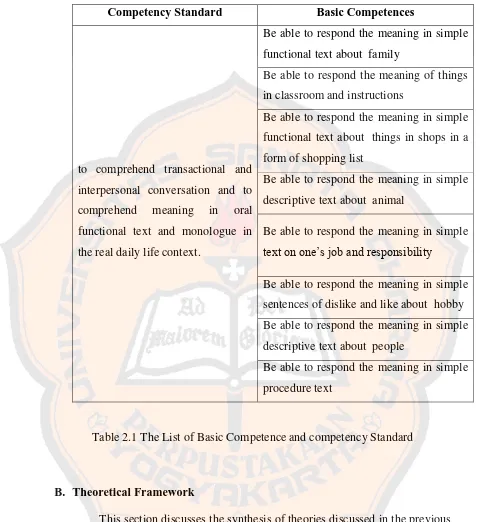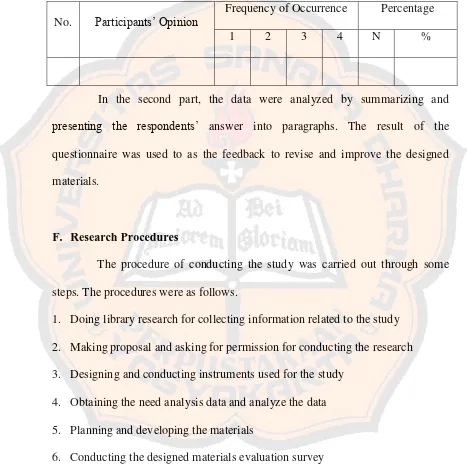I. Introduction: The Significance of Vocabulary Acquisition in Seventh Grade
This section establishes the context for the study by highlighting the critical role of vocabulary in second language acquisition. It emphasizes the challenges seventh graders face in acquiring English vocabulary, particularly due to factors like unfamiliar words, diverse learning backgrounds, and potentially unengaging classroom environments. The section underscores the importance of vocabulary mastery for successful development of all four language skills (listening, speaking, reading, and writing), even though vocabulary is not explicitly taught in isolation within the recent Indonesian School-Based Curriculum (KTSP). The study's focus on supplementary materials designed to address this gap is justified based on observed student disengagement and a teacher's expressed need for more engaging vocabulary instruction.
II. Literature Review: Theoretical Foundations for Vocabulary Instruction
This section examines existing theories and research relevant to vocabulary acquisition and teaching methodologies. It delves into instructional design models, particularly Kemp's model, outlining its suitability for material development due to its flexibility. The section explores various approaches to vocabulary instruction, emphasizing Nation's principles for effective vocabulary teaching, such as focusing on high-frequency words and integrating vocabulary learning across different skill strands. It provides a detailed analysis of task-based learning (TBL), including its definition, framework (pre-task, task cycle, language focus), and various task types (listing, ordering, comparing, problem-solving, etc.), and its suitability for seventh graders. Finally, it discusses the characteristics of seventh graders (physical, social, cognitive, emotional development) to inform material design appropriate for their developmental stage.
III. Methodology: Research Design and Data Collection
This section outlines the research methodology used in the study, specifically the Educational Research and Development (R&D) approach. It details the four phases employed: research and information gathering (including needs analysis via questionnaires and interviews with teachers and students), planning and product development (material design based on identified needs and theoretical frameworks), preliminary testing (feedback collection from teachers and experts), and product revision (incorporating feedback to refine the materials). The specific instruments used, including questionnaires and interview protocols are mentioned, along with the data analysis techniques employed to evaluate the effectiveness of the materials. The target population (seventh-grade students and teachers at SMP BOPKRI 2 Yogyakarta) is clearly identified.
IV. Results and Discussion: Material Design and Evaluation
This section presents the results of the study, showcasing the design process and the final product. It details the steps taken to develop the supplementary vocabulary materials, aligning with Kemp's model. The section describes the content of the materials, including the structure of each unit (Come In, Work It Out, Make It Better, Do It Over). This section presents the results of data gathered through the questionnaires and interviews, analyzing the feedback received on the preliminary materials. The process of revising the materials based on this feedback is discussed. The final, revised materials are described, highlighting their alignment with the theoretical frameworks presented in the literature review, showing how the materials meet the objectives of teaching vocabulary through task-based learning appropriate for seventh graders' developmental stage.
V. Conclusion and Suggestions: Implications for Practice and Future Research
This section summarizes the key findings of the study, highlighting the effectiveness of the developed supplementary vocabulary materials in promoting vocabulary acquisition among seventh graders through task-based learning. The section offers practical suggestions for teachers on how to implement the materials effectively in the classroom. Furthermore, it proposes avenues for future research, such as investigating the long-term impact of using these materials, adapting the materials for other grade levels, or exploring other task-based activities.









